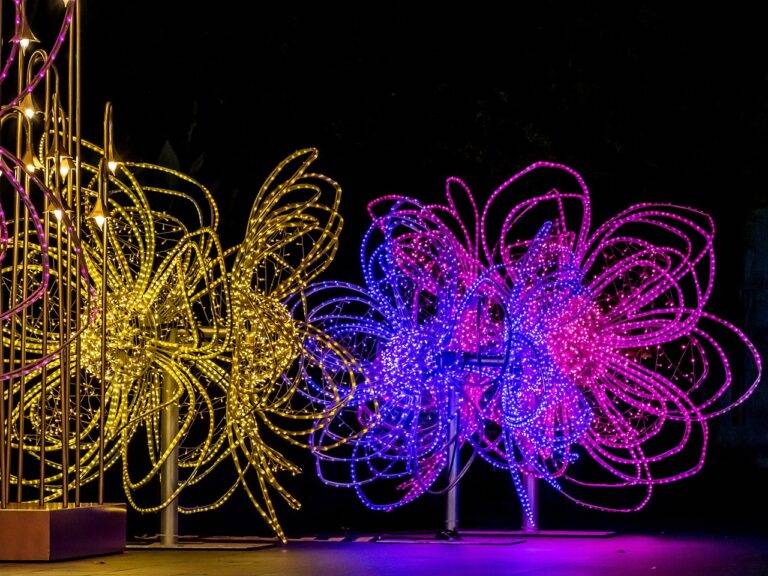The Impact of AI in Wildlife Conservation: Habitat Restoration Strategies
One of the major challenges facing wildlife conservation today is the loss of natural habitats due to human activities such as deforestation, urbanization, and agricultural expansion. These activities not only result in the destruction of ecosystems but also threaten the survival of numerous plant and animal species. As habitats disappear, wildlife populations decline, leading to a loss of biodiversity and a disruption in the delicate balance of the ecosystem.
Another pressing issue in wildlife conservation is the illegal wildlife trade, which poses a significant threat to many endangered species around the world. Poaching for fur, ivory, and other animal products continues to drive species towards the brink of extinction. The demand for exotic pets and traditional medicines derived from wildlife further exacerbates this problem, putting immense pressure on already vulnerable populations. Efforts to combat illegal wildlife trade are crucial in safeguarding the future of endangered species and preserving the planet’s natural heritage.
Role of Artificial Intelligence in Habitat Restoration
Artificial Intelligence (AI) is becoming an increasingly valuable tool in the realm of habitat restoration, offering unique solutions to complex ecological challenges. By leveraging AI technologies, conservationists can analyze vast amounts of data to understand habitat dynamics, predict species interactions, and develop targeted conservation strategies.
One significant advantage of utilizing AI in habitat restoration is its ability to process data at a speed and scale unmatched by traditional methods. This enables conservationists to quickly assess the health of ecosystems, identify areas in need of restoration, and determine the most effective interventions to support biodiversity conservation efforts. Additionally, AI algorithms can continuously learn and adapt to new information, enhancing their ability to provide real-time insights for implementing habitat restoration initiatives.
What are some of the challenges in wildlife conservation?
Some of the challenges in wildlife conservation include habitat loss, poaching, climate change, and invasive species.
How can artificial intelligence help in habitat restoration?
Artificial intelligence can help in habitat restoration by analyzing large amounts of data to identify areas in need of restoration, predicting potential threats to habitats, and optimizing conservation efforts.
Can artificial intelligence replace human efforts in habitat restoration?
No, artificial intelligence cannot replace human efforts in habitat restoration. It can assist in decision-making and provide valuable insights, but human involvement is still necessary in implementing conservation strategies.
How does artificial intelligence contribute to wildlife tracking and monitoring?
Artificial intelligence can analyze data from tracking devices to monitor the movements and behaviors of wildlife species, helping researchers better understand their habitats and develop conservation plans.
What are some examples of artificial intelligence tools used in habitat restoration?
Some examples of artificial intelligence tools used in habitat restoration include remote sensing technologies, predictive modeling algorithms, and computer vision systems for monitoring wildlife populations.





